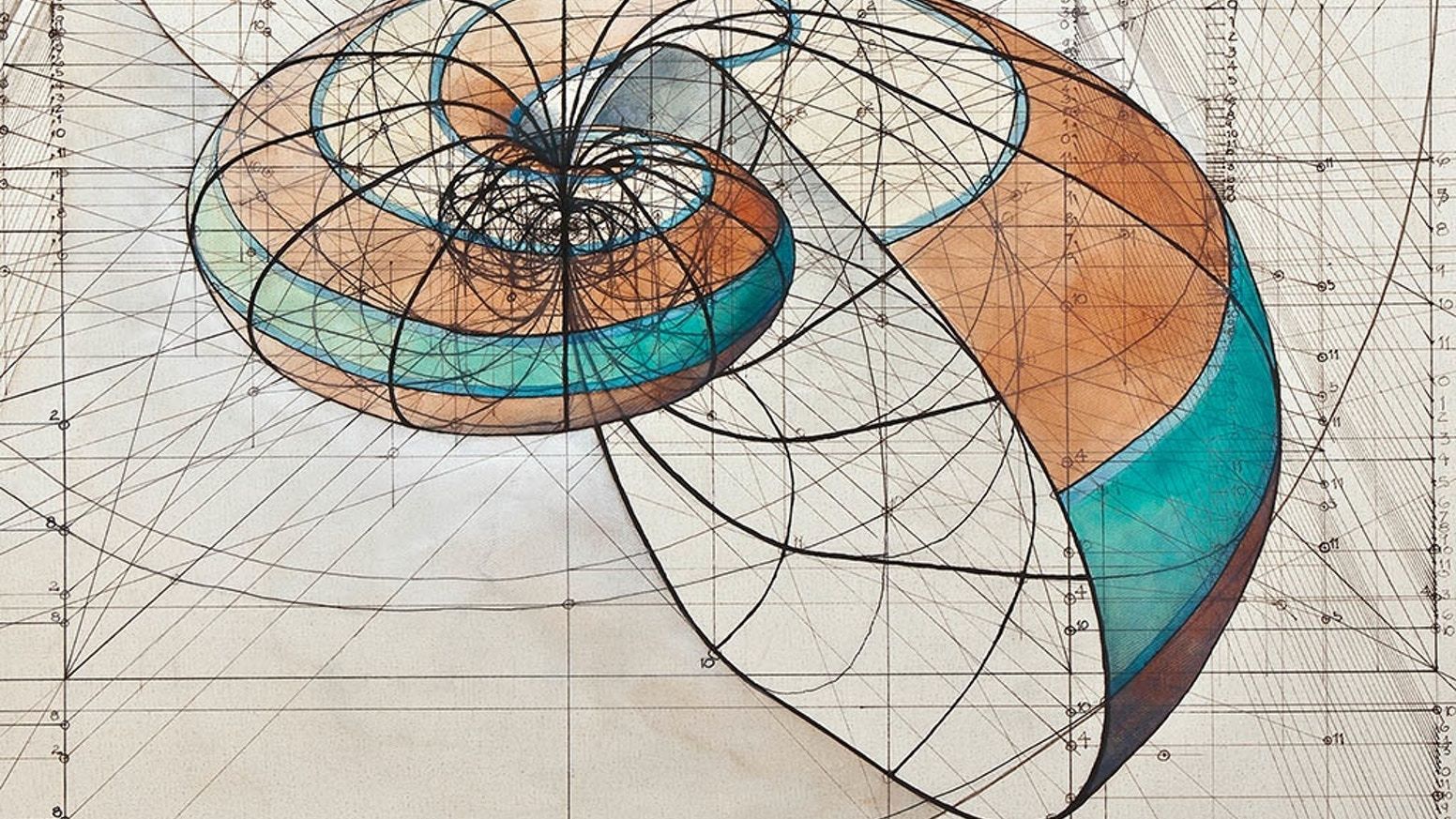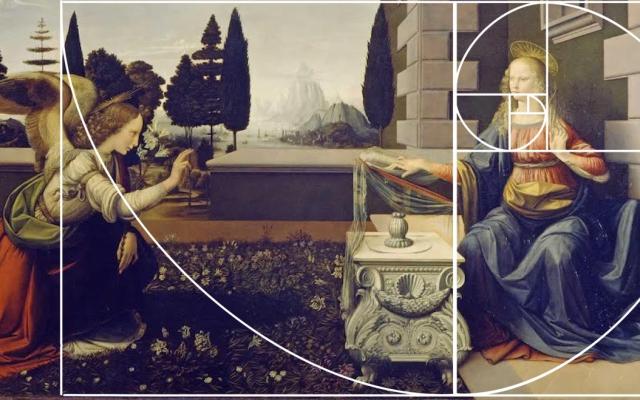Why We Need Mathematicians to Understand Space-Time
As scientists venture to understand our world, mathematics often serves as both their language and their guide. Physicists rely on math not just to describe what they see in their laboratories but also to predict and explore phenomena that their tools cannot otherwise touch, like the insides of black holes or the moments just after the universe began. Some of the biggest breakthroughs in physics were only made possible by mathematical advances. Isaac Newton’s laws of motion, for instance — which allow us to model how a planet will orbit its sun or how fast an object will fall — first required the invention of calculus.
But math isn’t just useful for introducing or developing a new physical theory. Long after physicists have established a theory, mathematicians comb over it with the rigor that their field demands, intent on placing it on more solid logical footing. This cleanup work can take decades, but it’s necessary to establish deeper trust in physical ideas.
There’s an entire field devoted to the mathematical study of physics-inspired problems, aptly called mathematical physics. One of its core aims is to work out the precise consequences of the complicated mathematics at the heart of general relativity. In 1915, Albert Einstein showed that the shape of our four-dimensional universe — composed of three spatial dimensions plus one dimension of time — is determined by the matter that lives within it. That shape in turn gives rise to what we experience as gravity. From the mathematics of general relativity, bizarre aberrations like black holes emerge. Even a century later, many of these phenomena remain mysterious. And so mathematicians continue to pore over Einstein’s equations, using them as a conceptual laboratory in which to test out new hypotheses, gain novel insights and prove ideas that physicists might take for granted.




















